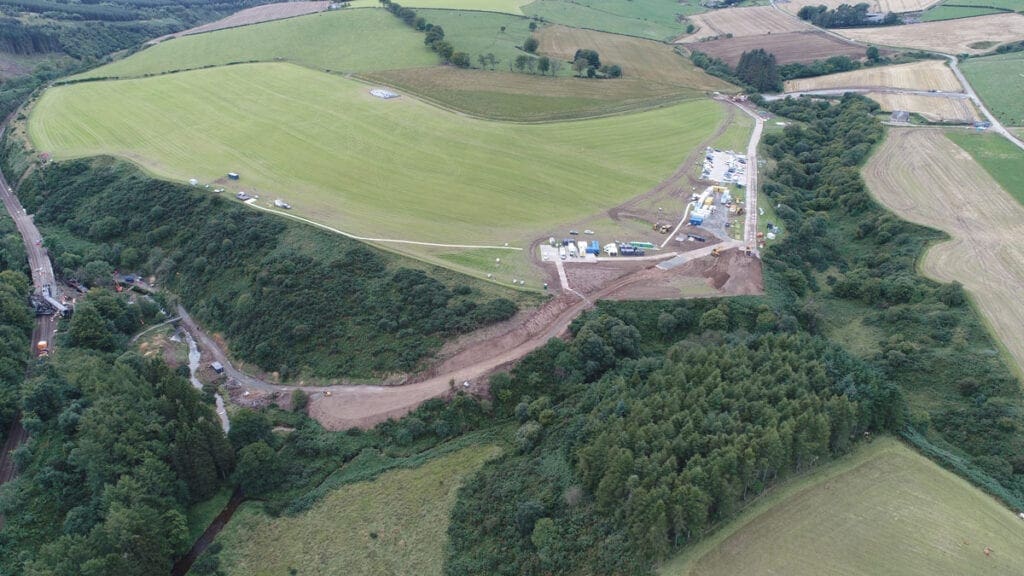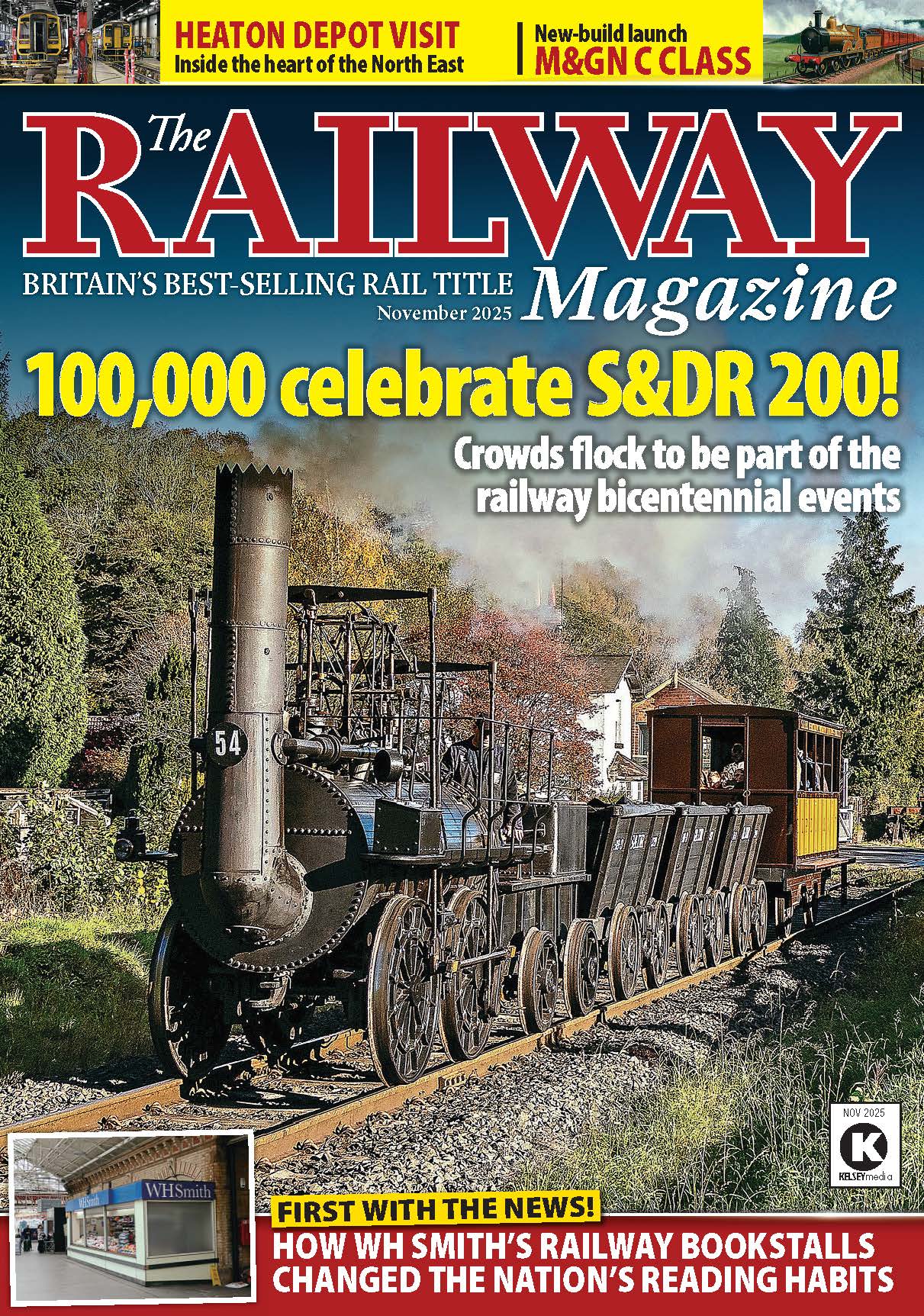
Network Rail should make more use of drones and helicopters to inspect the railway, an investigation launched after the Stonehaven crash has found.
This was one of the conclusions reached by a task force led by Lord Robert Mair, emeritus professor of civil engineering at the University of Cambridge, to examine the management of railway cuttings and embankments.
Related articles on The Railway Hub
- ScotRail: Rail services to be nationalised when Abellio contract ends
- Network Rail & Chasing The Stigma launch mental health campaign
- HS2 begins work on UK’s longest rail viaduct
The report was published alongside a study into the impact of heavy rainfall on the railway.
From the history of steam through to 21st century rail transport news, we have titles that cater for all rail enthusiasts. Covering diesels, modelling, steam and modern railways, check out our range of magazines and fantastic subscription offers.
A total of more than 50 safety recommendations were made to Network Rail by the inquiries.
Driver Brett McCullough, 45, conductor Donald Dinnie, 58, and passenger Christopher Stuchbury, 62, died when the 6.38am Aberdeen to Glasgow Queen Street train crashed into a landslide across the tracks near Stonehaven, Aberdeenshire, on August 12 last year following heavy rain. Six others were injured.
Network Rail’s interim report on the crash found the train “struck a pile of washed-out rock and gravel before derailing”.
Lord Mair’s report stated that “shortfalls in the earthwork examination and risk evaluation system need to be addressed”, with “significant investment” required to update the Government-owned company’s monitoring and surveillance methods.
“More regular and frequent use” should be made of helicopters and drones to identify problems, his task force found.
Some 1,900 failures of cuttings and embankments were reported between April 1 2003 and December 1 last year.
The report said the “correlation between earthworks failures and rainfall… is very strong and the total number of earthworks failures per month appears to be increasing”.
The separate investigation into the effects of severe weather on the railway found advances in forecasting technology “are not being exploited by Network Rail”.
It called for the company to trial the latest capabilities “with the goal of implementing a full operational service”.
Martin Frobisher, Network Rail’s safety and engineering director, said: “It is clear that extreme weather presents a significant challenge to the way we safely and reliably manage railway infrastructure.
“We do a vast amount to tackle the effects of climate change already but there is more to do.
“We established two independent, expert task forces led by world-class specialists to investigate the problems we face and, crucially, to guide us as we make substantial improvements.
“We will carefully consider every single recommendation and develop a science-backed improvement plan to target available money and technology in the best possible way. This is a real breakthrough.”
Transport Secretary Grant Shapps said: “We must do everything we can to keep our railways safe.
“These findings will inform our work as we push ahead with measures to make our railway more resilient in future, and less vulnerable to sudden tragedies like that near Stonehaven.”
A spokesman for train drivers’ union Aslef said: “The Government has to provide Network Rail with the funds so it can carry out the work that is needed to maintain our rail infrastructure so that passengers, and crew, can be confident of the safety of our railway.”
Network Rail’s budget for enhancements from 2019-2024 was cut by £1 billion to £9.4 billion following Chancellor Rishi Sunak’s Spending Review last year, but funding for operations, maintenance and renewals was unchanged.

